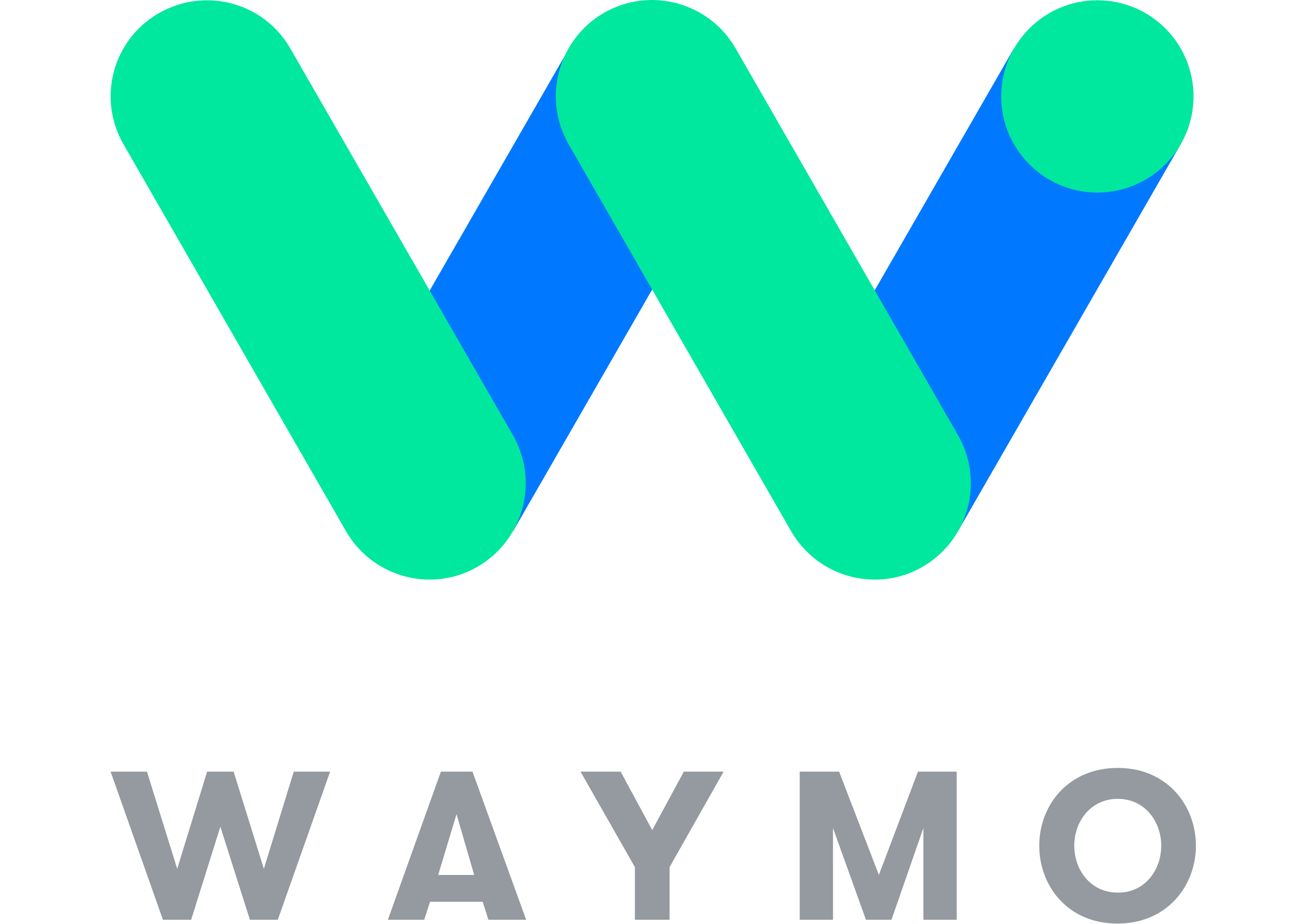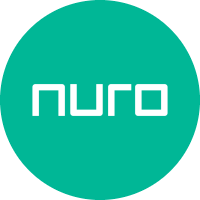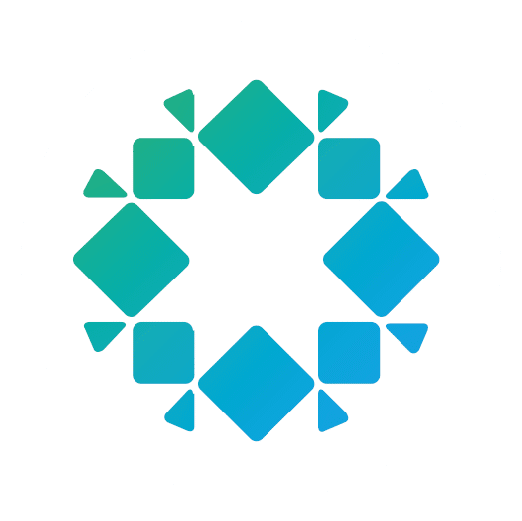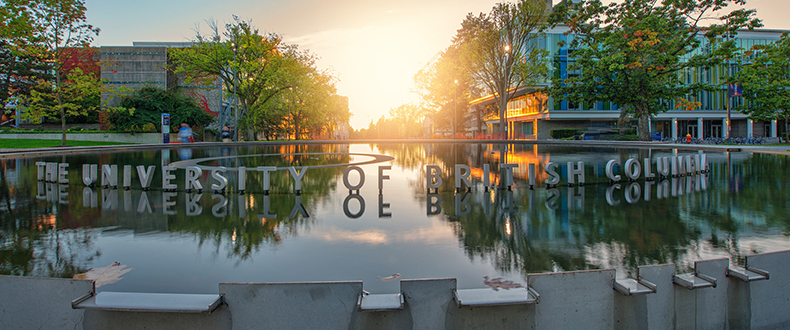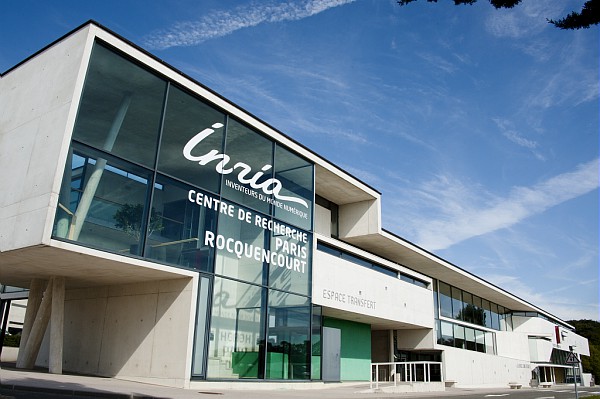ABOUT ME

I am currently a Tech Lead in the wonderful Perception team at Waymo. I focus on empowering robots to interpret complex road scenarios, particularly human behaviors.
My expertise lies in Computer Vision and Machine Learning, with a keen interest in Vision-Language Models, Multi-Modal Learning, and Video Understanding.
I graduated from a Master's program at Stanford University, where I was fortunate to be funded through research and course appointments engaging in human action understanding and video representation research. During my undergrad at IIT Kanpur, my curiosity led me to explore human-robot interaction and shortest path algorithms at the University of British Columbia and I.N.R.I.A., before delving into computer vision and machine learning.
Apart from research, I had a strong interest in algorithmic
challenges, which guided me to the world of competitive
programming. Apart from that, I held a hovering interest in
quantitative trading and still enjoy talking about markets
and derivatives in day to day life.
Beyond my professional pursuits, I am a passionate sports enthusiast along with a love for skiing and diving. In quieter moments, I find solace in sketching and reading books.
PUBLICATIONS
AdaScan: Adaptive Scan Pooling in Deep Convolutional Neural Networks for Human Action Recognition in Videos
Amlan Kar* (IIT Kanpur), Nishant Rai* (IIT Kanpur), Karan Sikka (SRI & UCSD), Gaurav Sharma (IIT Kanpur)
- Accepted in the IEEE Conference on Computer Vision and Pattern Recognition (CVPR) 2017
Bi-Modal Regression for Apparent Personality Trait Recognition
Nishant Rai (IIT Kanpur)
- Accepted as an Oral Presentation in the workshop on Multimedia Challenges Beyond Visual Analysis at the 23rd International Conference on Pattern Recognition (ICPR)
Partial Multi-View Clustering Using Graph Regularized NMF
Nishant Rai (IIT Kanpur), Sumit Negi (Amazon Dev. Center), Santanu Chaudhury (IIT Delhi), Om Deshmukh (XRCI)
- Accepted as an Oral Presentation at the 23rd International Conference on Pattern Recognition (ICPR)
INTERNSHIPS
SELECTED PROJECTS
AdaScan: Adaptive Scan Pooling for Human Action Recognition in Videos
- Project aimed at Human Action Recognition through Deep Convolutional Neural Networks by proposing a novel method for temporally pooling frames in a video. The proposed method learns to pool such discriminative and informative frames, while discarding a majority of the non-informative frames in a single temporal scan of the video
ChaLearn: Apparent Personality Trait Analysis
- The task of the ChaLearn Apparent Personality Analysis: First Impressions Challenge is to rate/quantify personality traits of users in short video sequences.
- Our approach focuses on combination of multiple modality specific models. Our models include Deep networks focusing on leveraging visual information, networks focusing on supplementary background information and models using acoustic features.
Visual Story Telling
- Project aimed at generating stories given a sequence of images. The project involved implementing an attention based model and baselines for the recently released Visual Storytelling task (#TODO).
Visual Question Answering via Semantic Attention
- Project aimed at implementing Deep Neural Network based approaches for answering Open-ended questions about images. We propose a semantic attention based model which employs attention upon the semantic represenation of the image.
Real Time Vehicle Recognition and Automatic Number Plate Recognition
- Project aimed at Real-time vehicle recognition along with extracting Registration Numbers from the License Plates of four-wheelers in real world surveillance videos.
Partial Multi-View Clustering Using Graph Regularized NMF
- The project deals with the problem of clustering data using information present in Multiple Views. We propose several extensions to tackle the Partial Multi View problem which involve data with missing views i.e. not all instances have all views.
- We extend our algorithm to the k partial-view scenario. We also extend our algorithm to include view specific graph laplacian regularization, enabling the model to exploit the intrinsic geometry of the data distribution in each view.
Alternate Paths in Road Networks
- Project deals with finding alternate routes substantially different from the shortest path based on specific criteria.
- The project involved implementing various shortest path algorithms and comparing their efficiency on real world road networks. We proposed algorithms to compute paths according to another feasible definition. We also proposed measures to compare different algorithms and developed efficient algorithms for the involved computations.
OTHER PROJECTS
Aug '15 - Nov '15
- Project aimed at constructing of Multiple Sense Embeddings for different words using purely unsupervised approaches
May '16 - Jul '16
- Project (During internship) aimed at prediction of single-arm reaching motion by humans in order to create smooth and safe Human-Robot interactions
May '16 - Jul '16
- Project (During internship) aimed at for aligning points clouds being received from multiple Kinects. Supporting project for improving the performance of other setups present in the lab.
May '14 - Jun '14
- Project aimed at performing Emotion Detection using multiple modalities i.e. textual, speech and visual.
Aug '16 - Nov '16
- Course Project for the course CS425A: Computer Networks. Involved implementing a basic HTTP server, Proxy server, basic STCP layer and a router.
Jan '16 - Apr '16
- Proposed, implemented and analyzed new adaptive strategies for Infinite Prisoner's Dilemma
Jan '16 - Apr '16
- Implemented an End-to-End Compiler for a subset of ADA in the x86 Architecture
May '15 - Jul '15
- Project aimed at finding good local features which are suitable predictors for global features of small-world graphs
Jul '15 - Nov '15
- Extended the NachOS operating system to perform basic operating system functions, implementing various scheduling algorithms and adding support for paging and locks
Jan '14 - Apr '14
- Project aimed at classifying news articles into various categories (Such as Politics, Technology, etc)
Sep '14 - Nov '14
- Project involved re-invention, implementation and analysis of geometric data structures to efficiently answer queries (See details)
Aug '14
- Application developed during Web-Dev, Takneek '14 and secured First position. Created an interface to analyze the past and present social sentiment of brands and their products.
Other Minor Projects
- Developed a bot to play Othello. Secured 19th place amongst 2000+ participants from over the world.
- Designed a bot to play Battleship. A probabilistic model of the ships and board was used to decide the next move.
- Developed models for predicting Search trends and detecting Spam messages.
- Implemented models for Topic assignment for articles, Multi-Label Question classification (Tested on questions taken from Quora).
- Designed a Captcha Decoder, able to work with mild occlusions. Clustering and Segmentation based methods used for extracting candidate regions containing characters.
- Completed project to discover patterns and trends about the New York Subway, under the Udacity course: Intro to Data Science.
GET IN TOUCH
Stanford, California
first_name + last_name (at) google (dot) com
